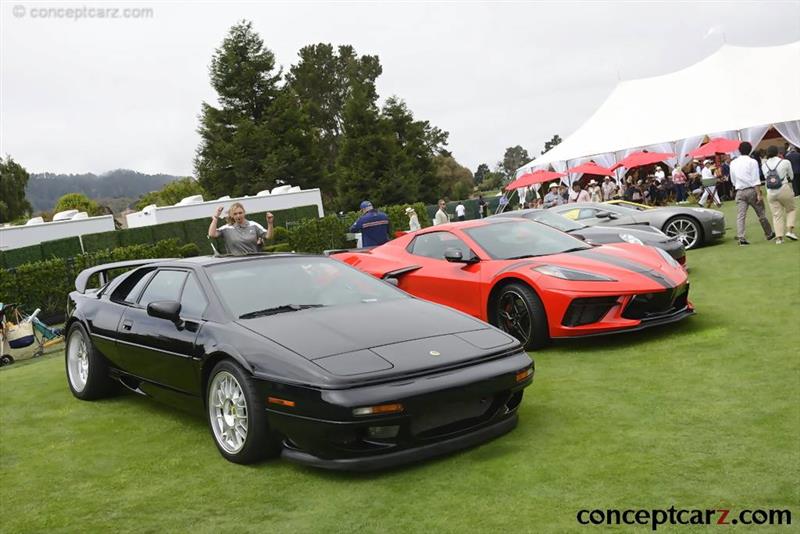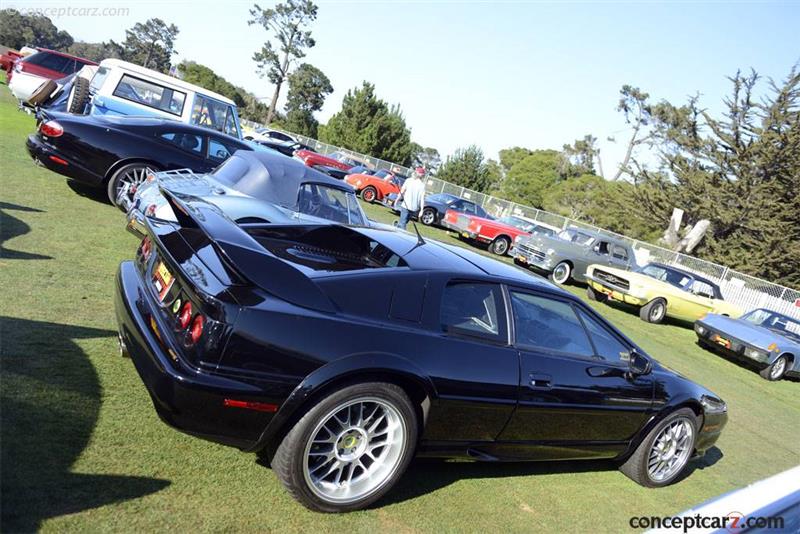The Lotus Esprit was in production for over a quarter of a century- with 10,675 examples built during that time. It was a rear mid-engine two-door coupe designed by Giorgetto Giugiaro and his Ital Design firm as a styling exercise and first shown at Turin in 1972. Its polygonal 'folded paper' design was one of Giugiaro's first application of this styling technique, complimented by equally impressive mechanical prowess courtesy of F1 racing powerhouse Lotus. A near-production form ready example was displayed during 1974 with deliveries commencing in June of 1976. 
Coupe
Chassis #: SCCDC08283HA10488
View info and history
Auction entries : 1The Lotus Esprit replaced the Europea in the Lotus model lineup, with 'Series 1' production lasting from 1976 through 1978. They had a steel backbone chassis, a wedge-shaped fiberglass body, and a Lotus 907 four-cylinder engine with a 1,973cc displacement, and delivering 160 horsepower in European trim (U.S. versions delivered 140 hp). The engine was mounted longitudinally behind the passengers and backed by a Citroen C35 five-speed manual transaxle. The rear brakes were mounted inboard and steering was by an unassisted rack and pinion. The rear suspension used tapering box-section trailing arms and lower lateral links while the front received upper A-arms and lower lateral links triangulated by the anti-roll bar. Some of the lateral forces were handled by half-shafts. The Series 1 Lotus Esprit was could sprint from zero-to-sixty mph in 8 seconds and had a top speed of around 133 mph. The total production of the Series 1, lasting from 1975 to 1978, was 718 units.Lotus Esprit Series 2 (1978 - 1982)
Coupe
Chassis #: SCCDC08283HA10488
View info and history
Auction entries : 1Lotus fine-tuned the styling of the Esprit resulting in the Series 2 for 1978. It came with taillights from the Rover SD1, an integrated front spoiler, 360 mm Speedline alloy wheels, and intake and cooling ducts location behind the rear quarter windows. The interior received wider seats, individual Smith gauges, and a new style of illuminated dashboard switches. Lotus had won the 1978 Formula 1 World Championship and in recognition of this amazing accomplishment, created a special 'Commemorative Edition' of the Esprit wearing the unique black and gold livery of John Player & Sons (JPS). Another special edition model introduced during the Series 2 was the Essex Turbo Esprit with unique blue, red and chrome livery of the Essex Overseas Petroleum Corporation, the sponsor of Team Lotus from 1979 to 1981. Mounted mid-ship was a 2.2-liter Type 910 turbocharged engine delivering 210 horsepower at 6,250 rpm and 200 lb/ft of torque at 4,500 RPM. This was the first factory turbocharged Esprit, but not the first turbocharged Esprit. Lotus dealer Bell and Colvill had been offering turbo conversions for the S2 Esprit from as early as 1978.The 2.2-liter L-type 912 dry-sump engine powering the Essex Turbo Esprit was offering, in naturally aspiration configuration, from May of 1980 and Esprit's so equipped are known as the S2.2. The engine produced the same amount of horsepower but torque rose from 190 Nm to 217 Nm. It is believed that 88 examples of the S2.2 were built before the introduction of the Series 3 in April of 1981. A total of 1,061 examples of the Series 2 were built from 1978 to 1981.The Lotus Esprit Series 3 and Turbo Esprit (1982 - 1988)
CoupeLotus introduced the Series 3 and the Turbo Esprit in April of 1981 and both used the same chassis and bodywork. The Turbo Esprit was visually distinguished by its aerodynamic body kit sourced from the Essex cars and prominent 'turbo esprit' decals on the sides and the nose. Both cars rode on 381mm BBS alloy wheels, and the S3 wore new larger bumpers and the glazed rear hatch of the S2.2 body. The Turbo used a wet sump 2.2-liter Type 910/910S engine while the S3 was fitted with the 2.2-liter Type 912. A higher compression version of the engines became available in April of 1986, and cars so equipped were indicated with a HC moniker. The naturally aspirated engine with the higher compression ratio produced 170 hp and 160 lb/ft of torque, while the Turbo Esprit HC produced 215 hp and 220 lb/ft of torque. The HCi variant used a Bosch KE-Jetronic fuel injection system and a catalytic converter to cope with markets with strict emission requirements like the United States. The Lotus Esprit of 1988 to 1994The revised Esprit that arrived in 1988 did not have a new 'Series' number but is often referenced by its project code of X180. Unveiled in 1987, the Peter Stevens (who also penned the McLaren F1) redesign of the venerable Lotus Esprit saw the mid-engined coupe's sharp edges softened, the interior revamped and the mechanical specification improved. The interior gained more space, new multi-spoke alloy wheels were placed at all four corners, and a lift-out roof panel (in either body color Nomex or tinted glass) was a neat addition. The instrument panel was redesigned and the ventilation system vastly improved. 
CoupeThe Esprit had convincingly moved into the supercar market, with over 160mph available from the Special Equipment model of 1989, largely thanks to the adoption of a water to air intercooler on the 2.2-liter four. Additional styling updates arrived in 1993 courtesy of Julian Thompson, with minor updates to the front and rear bumpers, side skirts and a new wheel design. The Esprit S boosted output to 228 hp, offered alongside the standard Turbocharged engine which offered 215 horsepower. Original normally aspirated (Esprit) and turbo (Esprit Turbo) models were discontinued after 1990. The S models were canceled a year later.The Lotus Esrit Series 4 (1994 - 2004)In 1993 the final iteration of the long-lived Esprit was introduced (S4) with refreshed styling by Julian Thomson. It continued to look like a futuristic Italian-styled supercar but remained true to Lotus' philosophy of building a lightweight car with small-capacity engines and handling inspired by the racetrack. New bumpers were added to the front and rear, along with valence panels, side skirts, and five-spoke alloy wheels. In the back were new rectangular taillights sourced from the Toyota AE86. 
Coupe
Chassis #: SCCDC08223HA10535
View info and history
Auction entries : 1Beneath the sheet metal, the engine remained unchanged from the SE, delivering 264 bhp from the Type 910S 2.2-liter turbocharged engine. The addition of power steering made it the first Esprit with this feature. A year after the introduction of the Series 4, Lotus introduced the S4 Sport which added the rear wing from the Sport 300. The 2.2-liter engine gained larger inlet ports, a recalibrated ECM, and modifications to its turbocharger and cylinder head, resulting in an increase in power to just over 300 hp and torque to 290 lb-ft. The zero-to-sixty mph time decreased to 4.6 seconds and the top speed increased to 168 mph. Produced from 1994 to 1997, Lotus produced 367 examples of the S4S.The final variant of the four-cylinder Esprit was the GT3, produced from 1996 to 1999 with 190 examples built during that time. The turbocharged 2.0-liter (1994cc) Type 920 engine, previously been used only in Italian market cars as a unique 'tax special Esprit with SE trim, produced 240 horsepower at 6,250 RPM. The Lotus Esprit with V8 Power (1996 to 2004)
Coupe
Chassis #: SCCDC08223HA10535
View info and history
Auction entries : 1Developed in just 27 months, the long-awaited Esprit V8 finally appeared at the 1996 Geneva Motor Show, with supercar level performance and a top speed of 175 mph. The 32-valve all-alloy engine displaced 3,506cc and was fitted with twin Garrett T25 water-cooled turbochargers helping to deliver 349 bhp and a zero-to-sixty mph time of 4.5 seconds. The Type 918 90-degree V8 engine had dual overhead camshafts, a flat-plane crankshaft, no Chargecooler, and was backed by a Renault transaxle modified by Lotus racing driver Derek Bell. Two years after its introduction, Lotus split the V8 into the SE and GT model ranges, with the SE becoming the more luxurious of the two. The Sport 350, introduced in 1999, was the ultimate road-going variant of the Esprit and just 50 examples were built. The '350' name was sourced from its engine output of 350 hp, and various changes were made to the chassis and mechanical systems to cope with the increase in power. Upgrades include AP Racing brakes, stiffer springs, and a revised ECU, while styling changes included a larger carbon fiber rear wing on aluminum uprights replacing the standard fiberglass rear wing. Zero-to-sixty mph was now accomplished in 4.3 seconds.The final Lotus Esprit rolled out of the factory on February 20th of 2004. During its 28 production lifespan, a total of 10,675 examples had been built. Prior to production ending, Lotus had updated the styling a final time, in 2002, with updates performed by Lotus Design head Russell Carr. Among the most visual changes were the round taillights from the Lotus Elise S2. 
Coupe
Chassis #: SCCDC08223HA10535
View info and history
Auction entries : 1The Lotus Esprit had supercar performance, an aggressive stance, elegant proportions, and dramatic styling. Its mechanical prowess was mirrored by its sticker price, costing twice as much as other Lotus products at the time and guaranteeing its exclusivity. The Esprit Turbo SE was priced at approximately $70,000 while the Esprit Turbo V8 listed for around $85,600. This was far less than the Lamborghini Diablo which listed for over $200,000 (upwards of $275,000 for the VT) and had a 0-60 mph time of 4.4 seconds from its 5.7-liter V12. A Porsche 911 Turbo listed for around $95,000 and had a 4.8 second 0-60mph time from its 320 hp turbocharged air-cooled six-cylinder engine.
by Daniel Vaughan | Feb 2022
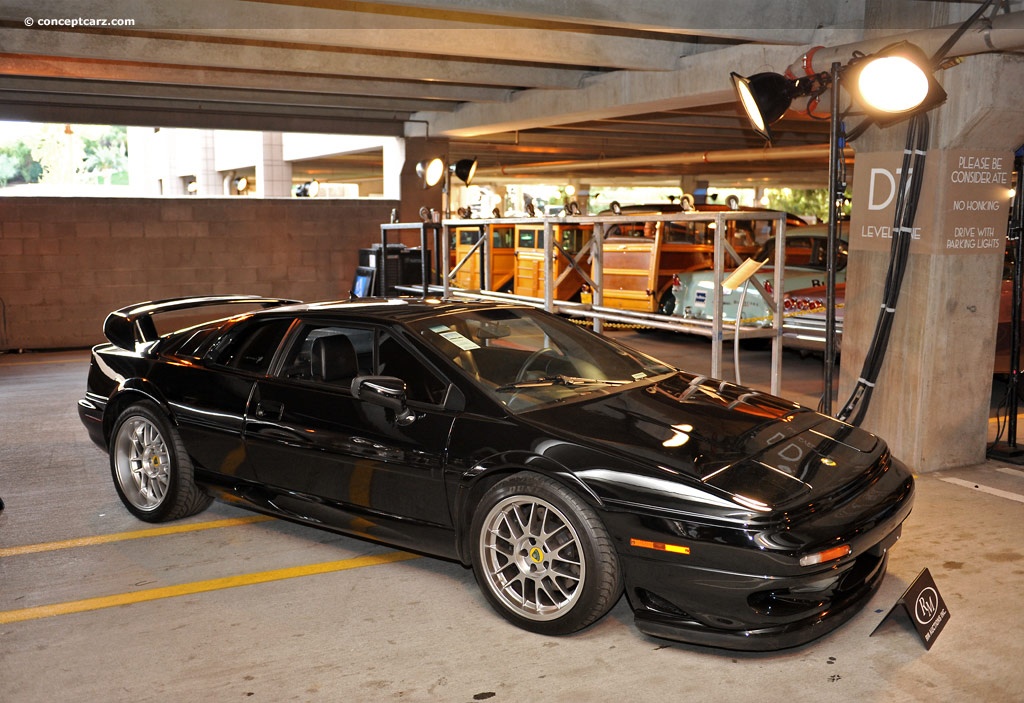
Coupe
Chassis #: SCCDC08283HA10488
View info and history
Auction entries : 1
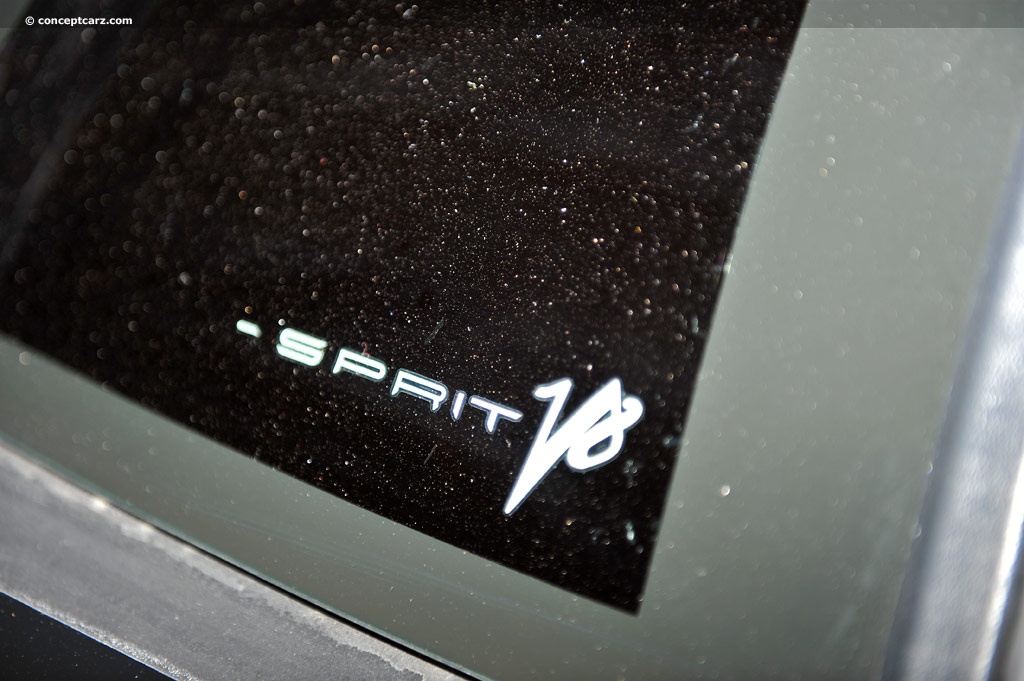
Coupe
Chassis #: SCCDC08283HA10488
View info and history
Auction entries : 1
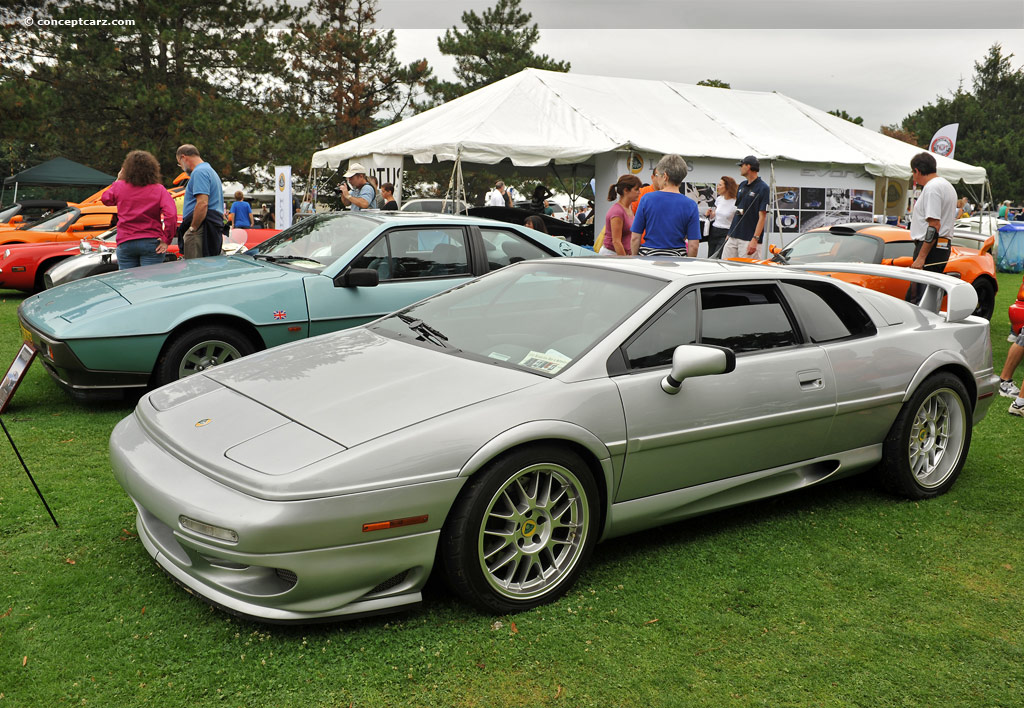
Coupe
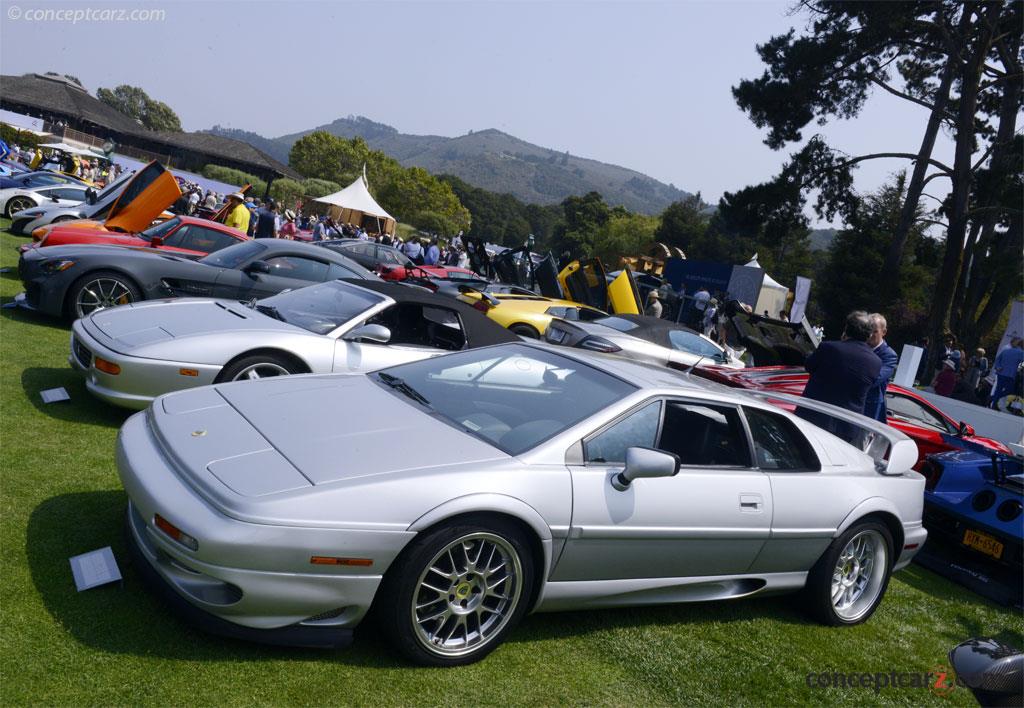
Coupe
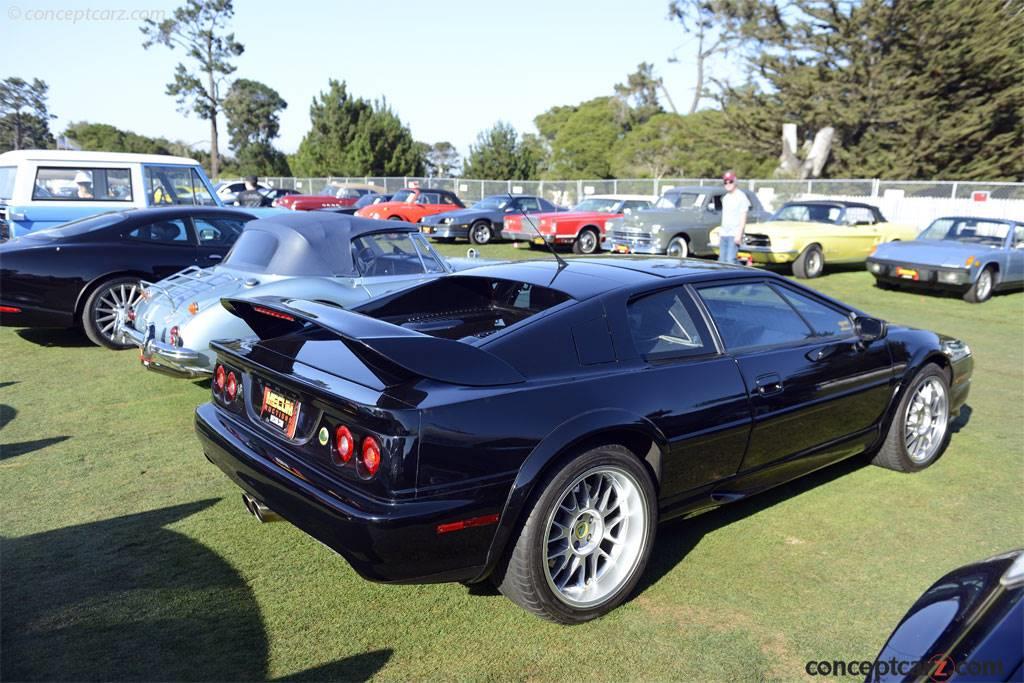
Coupe
Chassis #: SCCDC08223HA10535
View info and history
Auction entries : 1
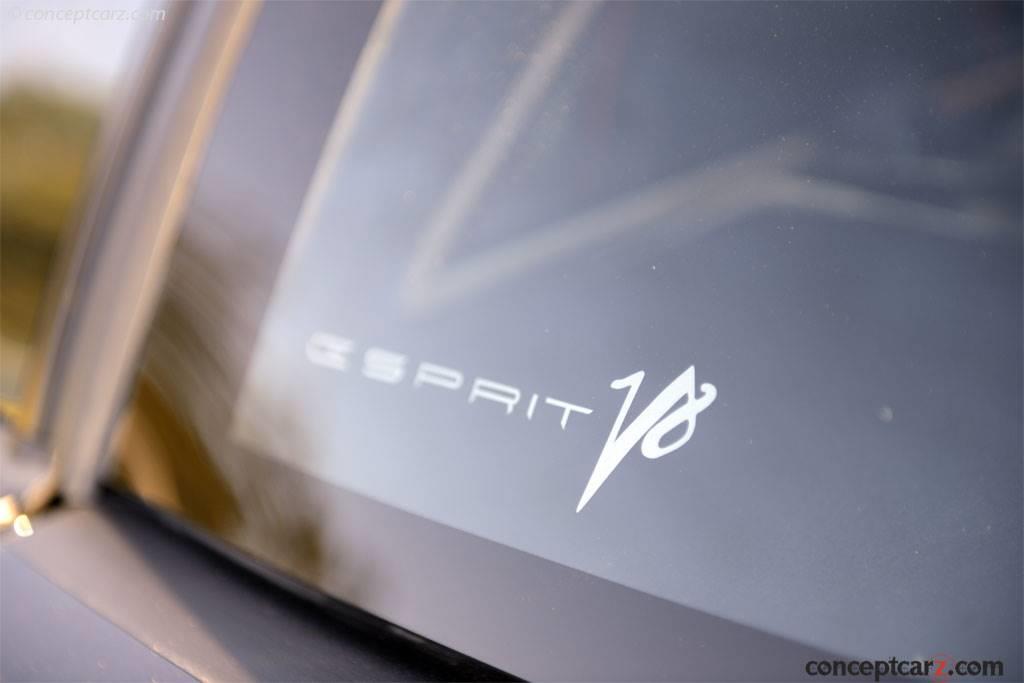
Coupe
Chassis #: SCCDC08223HA10535
View info and history
Auction entries : 1

Coupe
Chassis #: SCCDC08223HA10535
View info and history
Auction entries : 1
by Daniel Vaughan | Feb 2022
Related Reading : Lotus Esprit History
In November of 1972, Lotus introduced the Silver Car concept based on the Europa chassis. The design of the vehicle was courteous of Ital Designs Giorgetto Giugiaro. Giugiaro, who had led an illustrious career as a stylist beginning at Fiat and later moving on to Bertone, then Ghia. He began his own business, Ital Design in 1968. The idea behind the concept came from Tony Rudd, Lotuss Technical....
Continue Reading >>
Continue Reading >>
Related Reading : Lotus Esprit History
Desiring an upmarket car to help secure the Lotus future, the British specialist sports car maker began taking bids for a new model. Tony Rudd, the new technical director drew up plans in 1970 for two new models, a front-engined coupe dubbed M50, and a larger, mid-engined model named M70. The M70 was designed as a replacement for the Europa. Since funds were low, Lotus chose to go instead with the....
Continue Reading >>
Continue Reading >>
Similar Automakers
Similarly Sized Vehicles
from 2003
2003 Lotus Esprit V8 Vehicle Profiles
Recent Vehicle Additions
Performance and Specification Comparison
Price Comparison
Related Automotive News

First RUF Class at Amelia Island Concours Celebrates RUF Automobile
Legendary supercar manufacturer RUF Automobile is pleased to be featured in a dedicated class at the 29th annual Amelia Island Concours dElegance this Sunday, March 3. It marks the first time RUF has had its own class at a concours. Fourteen RUF vehicles...
2024 Porsche 718 Spyder RS becomes the pinnacle of open-top, mid-engine driving
Highly emotional engine and lightweight construction
Atlanta. Thirty years after the presentation of the Boxster concept car, Porsche is launching the most powerful version yet of the popular mid-engine roadster the new Porsche 718 Spyder...

ALL-NEW 2015 ALFA ROMEO 4C SPIDER PRICING ANNOUNCED
All-new 2015 Alfa Romeo 4C Spider Delivers Race-inspired Performance, Advanced Technologies, Seductive Italian Style, and Now an Even More Exhilarating Driving Experience With Open-air Freedom
All-new Alfa Romeo 4C Spiders open-air performance ****...

World-premiere: All-new 2015 Alfa Romeo 4C Spider Delivers Race-inspired Performance, Advanced Technologies, Seductive Italian Style, and now an Even More Exhilarating Driving Experience With Open-air Freedom
Production version of the all-new 2015 Alfa Romeo 4C Spider, revealed at the 2015 North American International Auto Show, will arrive at dealerships this summer All-new 2015 Alfa Romeo 4C Spiders open-air performance cockpit and mid-engine propo...

1989 Indianapolis 500: Sideways to Victory
The tension in the final moments would be so great it would take everything within Shelley Unser to keep from breaking into a shaking fit. Two laps from the end of the race, traffic would dramatically slow Al Unser Jr.s pace allowing Emerson Fittipaldi...











